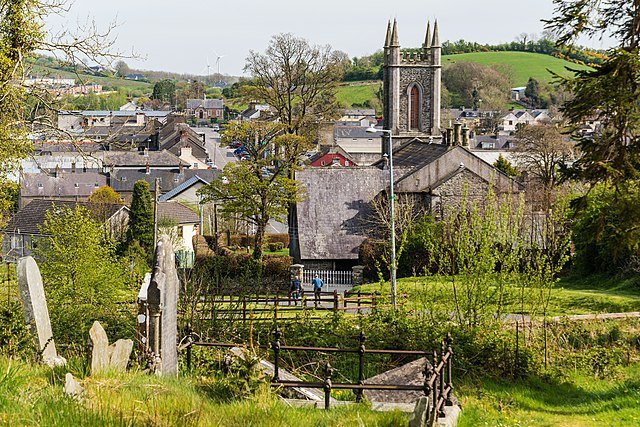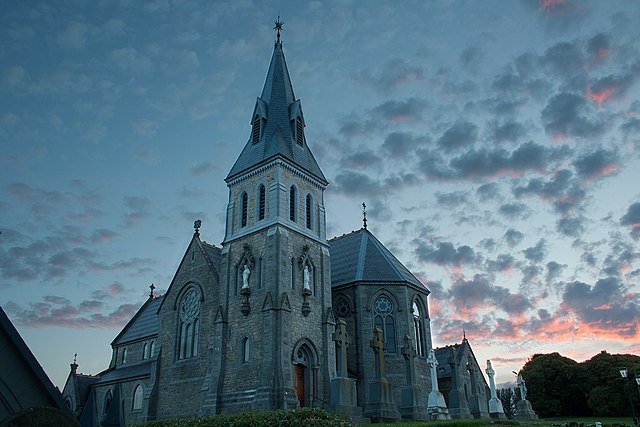County Cavan, located in the northeastern part of Ireland, is one of the country's hidden gems
Bordered by counties Donegal, Leitrim, Longford, and Westmeath, Cavan is characterized by its lush landscapes, dominated by a stunning array of lakes and verdant forests. The county covers an area of approximately 1,500 square kilometers and features more than 365 lakes, giving it its nickname, "the lake county." This abundance of water bodies not only enhances the scenic beauty but also provides ample opportunities for recreational activities, attracting nature lovers and outdoor enthusiasts.
Historically, County Cavan has played a significant role in Ireland's development. It was a center for agriculture and craftsmanship, and its historical roots can be traced back to ancient Irish tribes. The region is steeped in Irish folklore, with numerous myths and legends, contributing to its rich cultural tapestry. The remnants of historical sites, including castles, monastic sites, and ancient stone tombs, can be found throughout the county, showcasing its storied past and the influence of various cultures over the centuries.
Culturally, County Cavan is recognized for its vibrant community and traditions. The local population proudly preserves their heritage through music, dance, and festivals. Various events throughout the year celebrate Irish culture, attracting visitors who wish to immerse themselves in authentic experiences.
Places
In County Cavan

The Town of Cavan
Established in the late 16th century, Cavan has evolved significantly over the years. Its historical importance is largely tied to its role as a market town and administrative centre, significantly contributing to the local economy through trade and agriculture. The town boasts a variety of historic buildings that reflect its storied past, including impressive churches, charming shops, and quaint residences. The unique charm of Cavan lies in its blend of urban and rural lifestyles, offering visitors the opportunity to experience both vibrant cultural scenes and serene natural settings. The town is often overlooked in favor of more popular tourist destinations, yet this adds to its allure, making it a hidden gem for travelers in search of authentic Irish experiences.

Bailieborough
Bailieborough is known for its rich history, picturesque landscapes, and vibrant community. Founded in the 17th century, the town originally grew around a castle built by Sir John Bailie, from whom it derives its name. Throughout the years, Bailieborough has maintained its historical charm, blending old-world architecture with the natural beauty that the Irish countryside is famous for. One of the standout features of Bailieborough is its stunning geographical location. Surrounded by rolling hills, lush greenery, and scenic lakes, visitors can experience breathtaking views that make Bailieborough a favored destination for nature enthusiasts. The town's landscape offers numerous opportunities for outdoor activities, such as hiking, fishing, and exploration, making it an appealing choice for travelers seeking adventure amid tranquil settings.

Kingscourt
The history of Kingscourt is deeply rooted in ancient Ireland, with its origins tracing back to prehistoric times. Kingscourt emerged as a significant center during the medieval period, recognized for its strategic placement along ancient trade routes. Throughout the centuries, Kingscourt has witnessed numerous significant historical events. During the 17th century, the town played a role in the plantation of Ulster, which brought about demographic changes and shaped the socio-political landscape of the region. Architecturally, Kingscourt is marked by a blend of traditional Irish designs and influences from various periods, including Victorian and Georgian styles. Modern-day Kingscourt continues to honor its past while progressing towards the future. The town offers an array of attractions that highlight its historical roots, from heritage trails to preserved buildings that reflect its architectural evolution.
